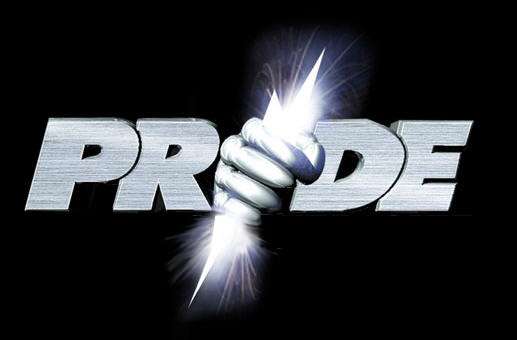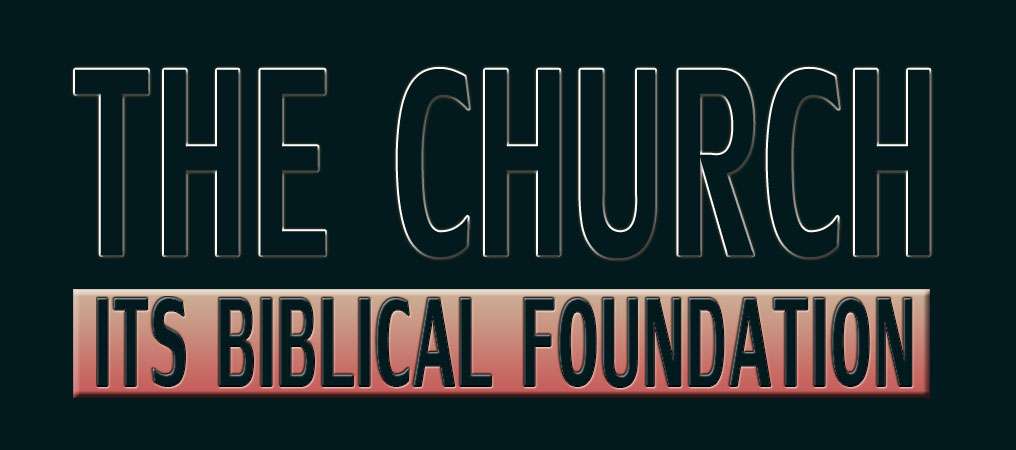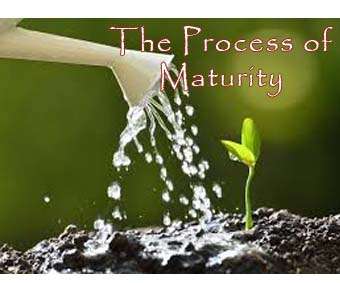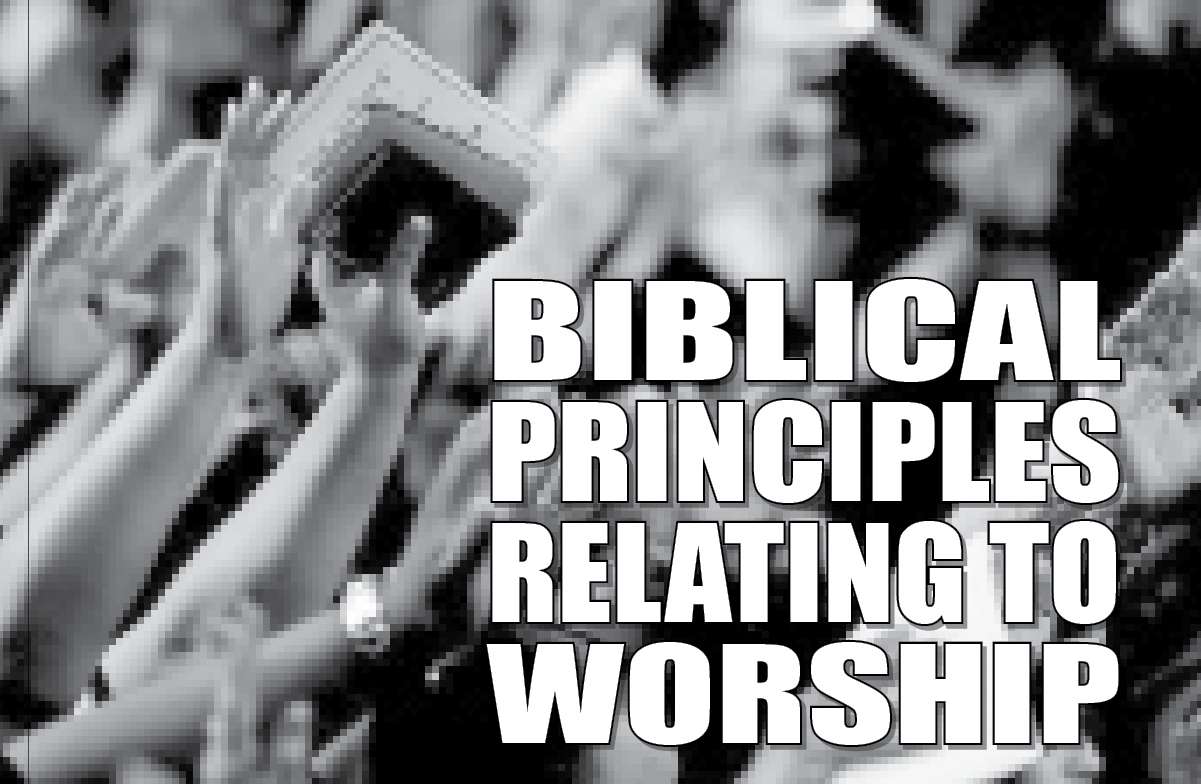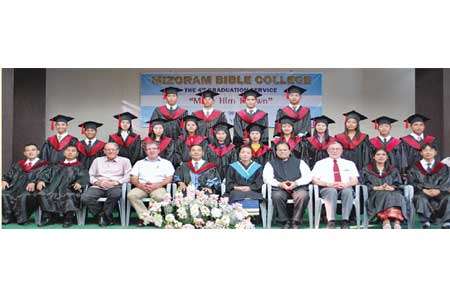
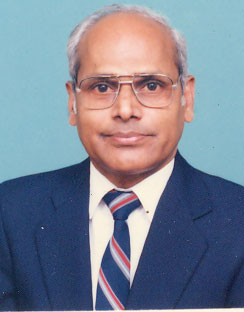
Theological Education: A Brief Historical Survey
Dr. A. C. George
Theological education is as old as the history of Christianity itself, even though its format and methodology have changed considerably with the passage of time. In this article the term theological education is used to cover all forms of Christian instruction – formal and informal- for the purpose of educating the laity and clergy for spiritual growth and ministerial equipping.
It is not possible within the limitations of this article to give a detailed survey of the history of theological education. I will try to mention only some important landmarks and key individuals who endeavored to give some form and structure to theological education through the centuries.
1. The Ancient Church. (5 B.C. – A.D. 90)1
The ancient church covers the first six centuries of the Christian era. Instructional and ministerial training activities of this period may be highlighted as follows:
The Apostolic Age. In obedience to the Lord’s mandate to “teach” all nations, (Matt. 28:20) the apostles devoted themselves to teaching (Acts 2:42). The Sanhedrin’s remark: “you have filled Jerusalem with your teaching” (5:28; cf. 5:42) indicates how seriously the apostles regarded their mission. Transmission of the Christian faith through personal instructions was characteristic of the first century Christianity. This was often carried out in the setting of the home. The example of Timothy is typical : “from Lois to Eunice to Timothy” (2Tim.1:5) was an effective paradigm, which Paul used in spreading the gospel truth: Paul to Timothy and Timothy to “men who will also be qualified to teach others” (2Tim.2:2). Ministerial training was the chief task of the elders (bishops) and therefore they had to be competent men (1Tim.3: 2).
Some of the writings of the early church like Didache and Shepherd of Hermas show that heresy was a real problem in the church and that bishops used their authority to keep the unity of the church by refuting heresies and defending the orthodox faith through their teaching.
A landmark in the history of the early church was the emergence of the catechetical schools. The leader in this venture was the Alexandrian school founded by bishop Demetrius. Its leaders – Clement and Origen- became very influential through their apologetic task. This school also produced notable missionaries like Gregory who came to be called “the Apostle of Pontus”. Like the Alexandrian school, the school of Antioch also had its share in teaching converts and developing exegetical skills. Catechetical schools developed in major centers including Caesaria, Edessa etc.
2. The Medieval Church (590A.D. –1517)
The medieval period, which lasted for a millennium, had plus and minus points. Generally described, as the “dark ages”, this period of Church History had also some bright spots. The major landmarks of this period include the invasion of the empire by Barbarian tribes (the Goths, Vandal, Franks etc.) and the efforts of the imperial Church to Christianize them. The rise of various monastic orders, the cultural flowering initiated by Charlemagne, the rise of Scholasticism and the founding of universities which promoted learning and Christian scholarship were other significant developments of this period. A few of these need to be stressed.
Monasticism, which had its beginning in the East in the fourth century, spread to the West and subsequently different orders were organized. Luminaries like Basil, Jerome, Martin of Tours, Augustine, Ambrose and many others promoted and popularized the monastic movement. A major contribution of this movement was that it kept scholarship alive during the Dark Ages by collecting, copying and translating patristic and classical literature. They were also preservers of Christian instruction and training, though locked inside the walls of the monasteries. It also needs to be mentioned that many monks, particularly those from Britain, became “the missionaries of the medieval church2.
Charlemagne, who was crowned by Pope Leo III as the Emperor of the Romans in 800, was passionate about religion and education for his people. His meeting with Alcuin, an intellectual giant was the fulfillment of his dream. Alcuin not only taught the royal family and the clergy, but developed schools, curriculum and libraries to educate the clergy and the masses. He encouraged the study of the scriptures and the preaching of the Gospel. He certainly served as a strong link in the chain of ministerial training.
Scholasticism, another product of the middle Ages, gave to the Church such scholars as Anselm, Abelard, Bernard of Clairvaux and Thomas Aquinas. Scholasticism attempted to interpret Scripture and theology with the aid of philosophy, particularly through Aristotelian logic and philosophy. Scholastic theology tore the distinction between the sacred and the secular. Therefore, it is difficult to isolate ministerial training from that given in preparation for secular occupations in the state.3
The emergence of the universities, which happened around 1200, provided new form and impetus for teaching and research. By 1400 over seventy-five universities came into existence in Europe. With this, higher education, which was done previously by monastic schools and cathedral schools, was taken over by the university classrooms. It is no exaggeration to say that the universities were founded primarily for education and training of the clergy. It grew out of the bishops’ responsibility to provide quality training for ministerial candidates. For example, the University of Paris developed out of the cathedral schools connected with Notre Dame cathedral. The curriculum offered by the universities included the trivium (grammar, rhetoric and logic) the quadrivium (geometry, arithmetic, astronomy and music) and theology, which was regarded as the “queen of sciences”. Theological studies were dominated by scholastic methods. The major contribution of the universities was that they prepared the priestly hierarchy for the service of the church, instead of secular occupations.
3. The Modern Church (1517 to the present)
The Reformation of the 16th century marked the beginning of the modern Church. The Reformation, which is often described as the “Copernican revolution” brought about radical changes in the life and service of the church. Luther, Zwingli, Calvin, and several others emphasized the primacy and authority of the scripture. Luther’s sola sciptura (scripture alone) became the norm for Christian life and conduct as well as biblical preaching and ministerial training. John Calvin’s Academy, founded in Geneva, trained hundreds of pastors and missionaries within a few years. One of them was John Knox who shook Scotland through his reformation efforts.
Some post-reformation developments in the area of Christian education (theological training) cannot be ignored. The following list contains only a few.
Jan Amos Comenius, a Bohemian pastor of the 17th century laid the foundation for modern Christian education through his writings. Altogether he wrote 154 books.4
Robert Raikes, the pioneer and founder of the Sunday School movement in the 18th century, actually opened the doors wide for theological education at the elementary level.
D.L.Moody whose Bible Institute (MBI) was opened in 1890 in Chicago provided foundational training for hundreds of lay preachers and pastors around the world. Even though academic standard was not the main concern of MBI, it generated the passion and flame for evangelization.
The formation of missionary societies in the West led to the founding of several colleges, missionary training institutes and seminaries in the 19th century. William Carey, “the father of modern missions”, founded Serampore College in 1818 to train indigenous ministers for the growing church. Following this, many training institutions came up in different parts of the subcontinent to educate and train evangelists, pastors and pioneers. Some of them emphasize academic excellence, while others promote evangelism and mission.
In this short article I have tried to show that the history of the Church shows that theological education was carried out at various periods of the Church in different forms and contexts.
In closing I would like to underscore that theological education should not become an end in itself. It should only be a means to an end. Therefore, all forms of theological education must keep the mission of the church in sharp focus. It is gratifying that the Cape Town meeting of the Lausanne Congress on Evangelism, held in 2010 put the task of the Church in proper perspective. To quote a few lines from the Cape Town Commitment: “Let us keep evangelism at the center of all our mission, in as much as the Gospel itself is the source, content and authority of all biblically valid mission. All we do should be both an embodiment and a declaration of the love and grace of God and His saving work through Christ”. 5
The mission of the Church can be kept alive only through a balanced program of theological education.
End notes
1 I am following Earle E. Cairns’ division of Church History into three: Ancient Church, Medieval Church and Modern Church.
2 Earle E. Cairns, Christianity Through the Centuries, Grand Rapids, Zondervan, p.155.
3 Harold Rowdon, “Theological Education in Historical Perspective”, Vox Evangelica 7 (1971) p.77.
4 Robert J. Morgan, On This Day,
Nashville, Thomas Nelson Publishers, 1997.
5 The Cape Town Commitment, drafted by Chris Wright and others, 2010.



